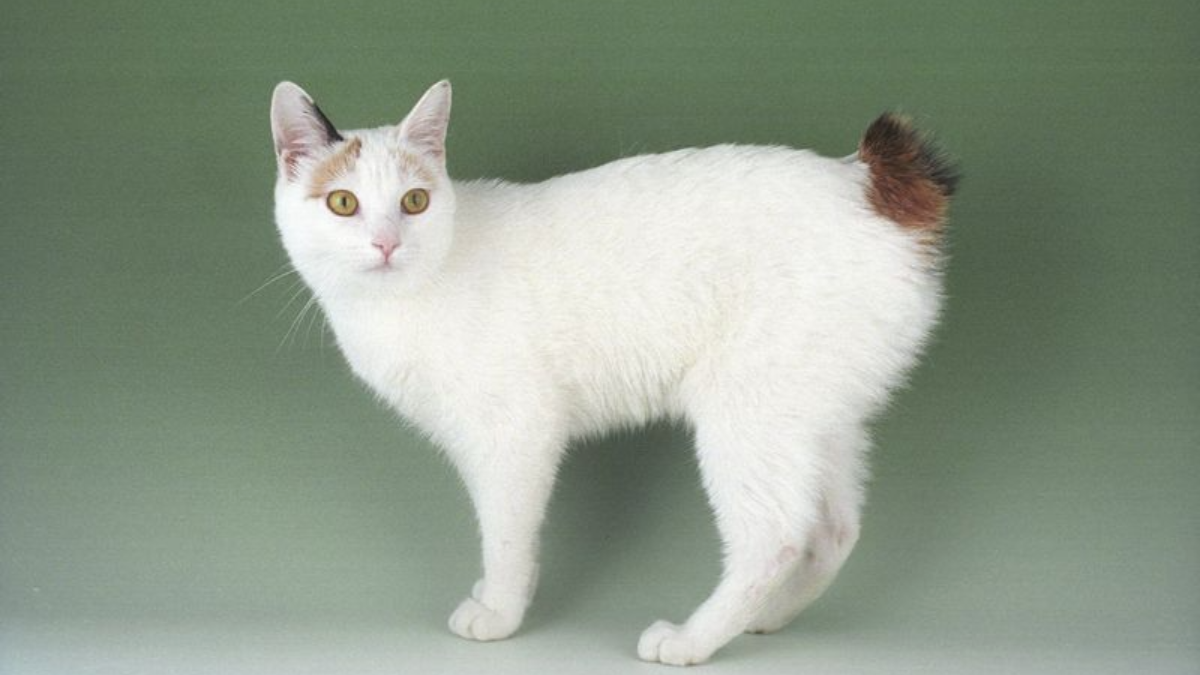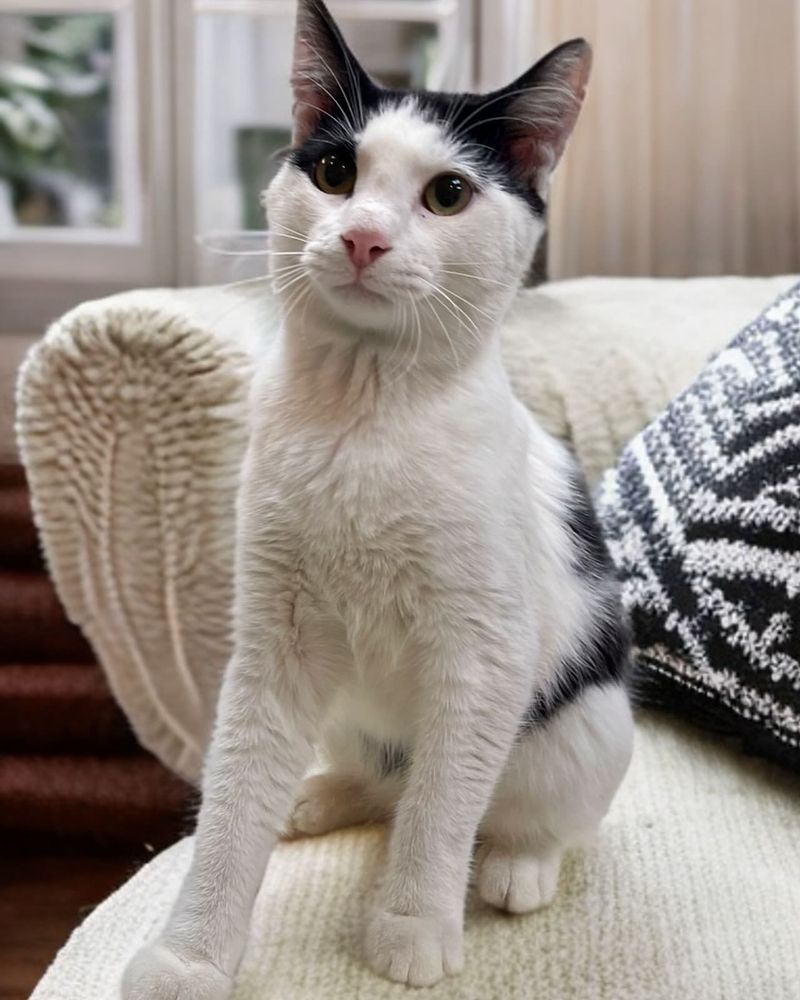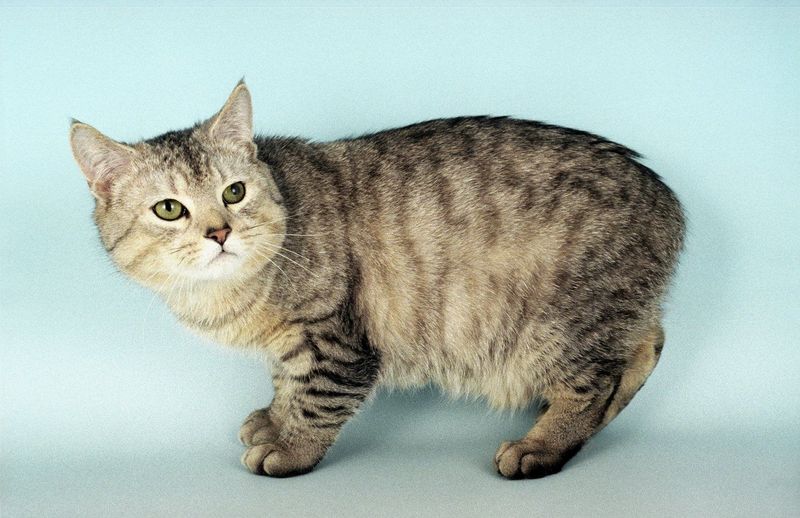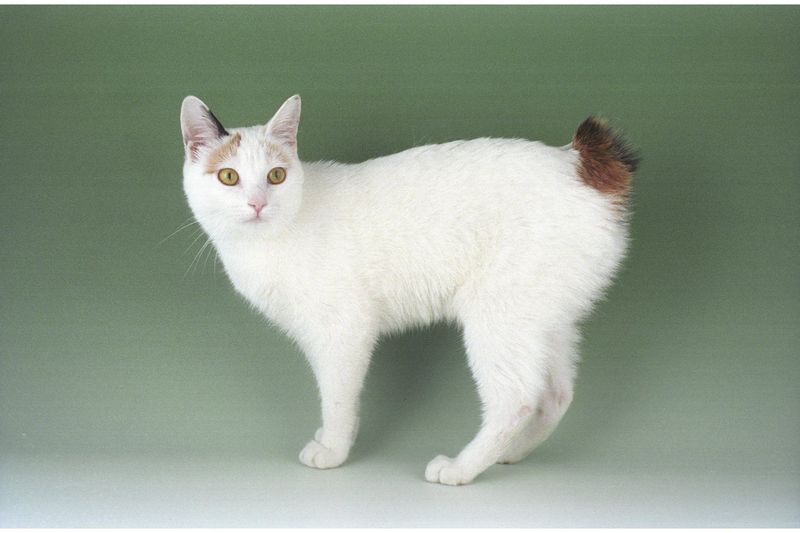📖 Table of Content:
Cats are known for their grace, balance, and agility—traits that often seem to be inextricably tied to their long, expressive tails. But what happens when a cat loses this seemingly crucial feature?
Whether due to genetics, injury, or a medical condition, some cats go through life without a tail, yet they manage to navigate their world with remarkable resilience. Their ability to adapt is not only a testament to their incredible physical capabilities but also to their indomitable spirit.
This article delves into the fascinating ways cats adjust to life without a tail, from finding new ways to balance to communicating with their humans and fellow felines.
If you’ve ever wondered how these tailless wonders manage to leap, run, and play with the same enthusiasm as their tailed counterparts, you’re in for an enlightening exploration.
1. Balance and Coordination
Cats without tails develop impressive balance and coordination. While tails are commonly used by cats for balance, tailless cats, such as the Manx breed, rely on their muscular hind legs to stabilize themselves.
They often have a wider stance, which helps in maintaining equilibrium. This adaptation allows them to walk on narrow surfaces, jump with precision, and land gracefully. Their bodies are incredibly flexible, and they utilize their whiskers and keen sense of hearing to compensate for the absence of a tail.
Through practice and instinct, these cats learn to adjust their movements in various environments. Owners can support their tailless cats by providing stable cat trees and shelves. Encouraging play with interactive toys can further enhance their coordination skills, ensuring they lead active and fulfilling lives.
2. Communication Skills
Cats communicate extensively through their tails, using them to express emotions and signals. However, tailless cats have honed other communication methods.
Facial expressions, ear twitches, and body postures become more pronounced in these cats. They often use vocalizations to convey moods or alertness. Their meows, purrs, and chirps are rich in variety, each carrying specific meanings.
Owners should pay attention to these cues to understand their tailless cats better. Spending quality time with them strengthens the bond, as humans learn to interpret subtle signs. Interactive play and gentle petting sessions offer opportunities to connect, ensuring a harmonious relationship. Embracing the unique communication style of a tailless cat can lead to a deeper, more rewarding interaction.
3. Navigating Space
Without a tail to guide them, tailless cats develop an acute spatial awareness. Their ability to navigate cluttered spaces is remarkable, using their whiskers as sensors.
These cats are adept at judging distances and avoiding obstacles. They possess a keen memory, remembering paths and routes in their territory. Their exploratory nature ensures they remain agile and curious, despite the lack of a tail.
To support this adaptation, owners should create an enriching environment with interactive toys and vertical spaces. Providing safe, elevated perches encourages their natural instincts and offers opportunities for observation. With the right environment, tailless cats can thrive, showcasing their adaptability and intelligence in various settings.
4. Social Interaction
Social interaction for tailless cats can be different, yet equally engaging. They have unique ways of bonding and playing with other animals and humans.
Without a tail, these cats may rely on other body signals, such as purring, to show affection or contentment. Body language is key; for example, they may use rolling or rubbing against others to initiate play or companionship.
Building a play-friendly environment aids their social skills. Introducing them to new experiences with other pets or people can enhance their confidence and adaptability. Understanding their unique communication and interaction styles ensures they form meaningful connections, leading to a happy and socially enriched life.
5. Adaptation to Different Environments
Tailless cats exhibit incredible adaptability to various environments, whether indoors or outdoors. Their lack of a tail does not hinder their ability to thrive in different settings.
These cats are known for their resilience, adjusting to climate changes and terrain challenges with ease. In colder environments, they may develop a thicker coat to retain warmth. Their strong hind legs aid in navigating rugged terrain, ensuring they remain agile and secure.
Owners can facilitate this adaptability by providing diverse environments for exploration. Creating stimulating indoor spaces with different textures and levels can enhance their natural instincts. Encouraging outdoor adventures in safe settings allows them to experience new environments, fostering their inherent adaptability and adventurous spirit.





